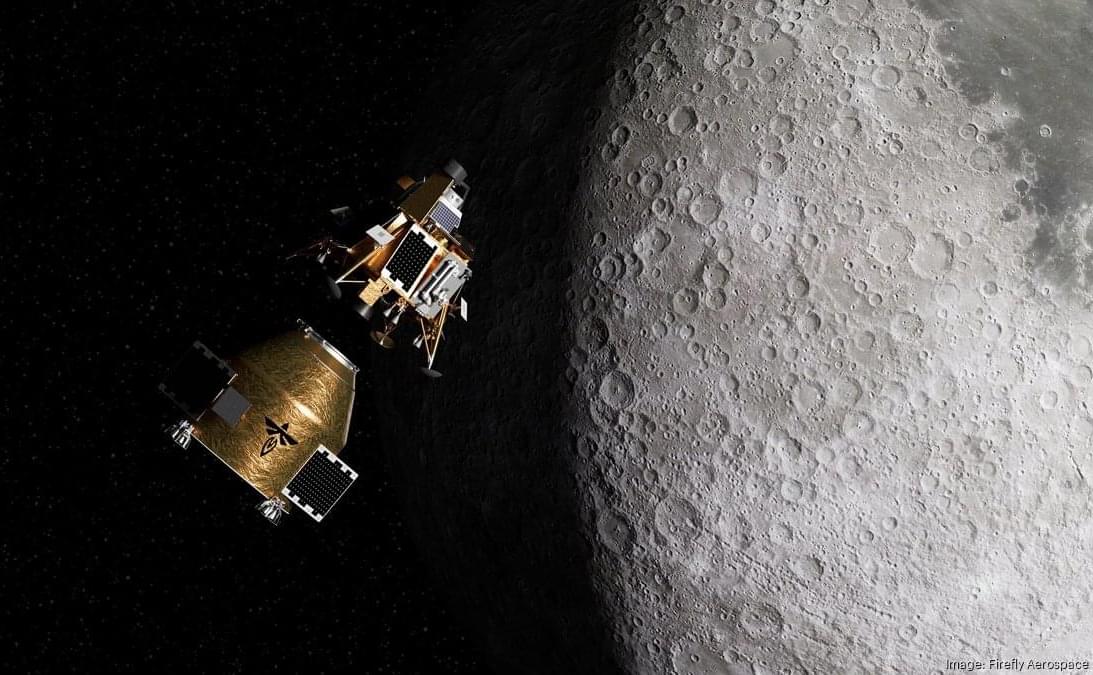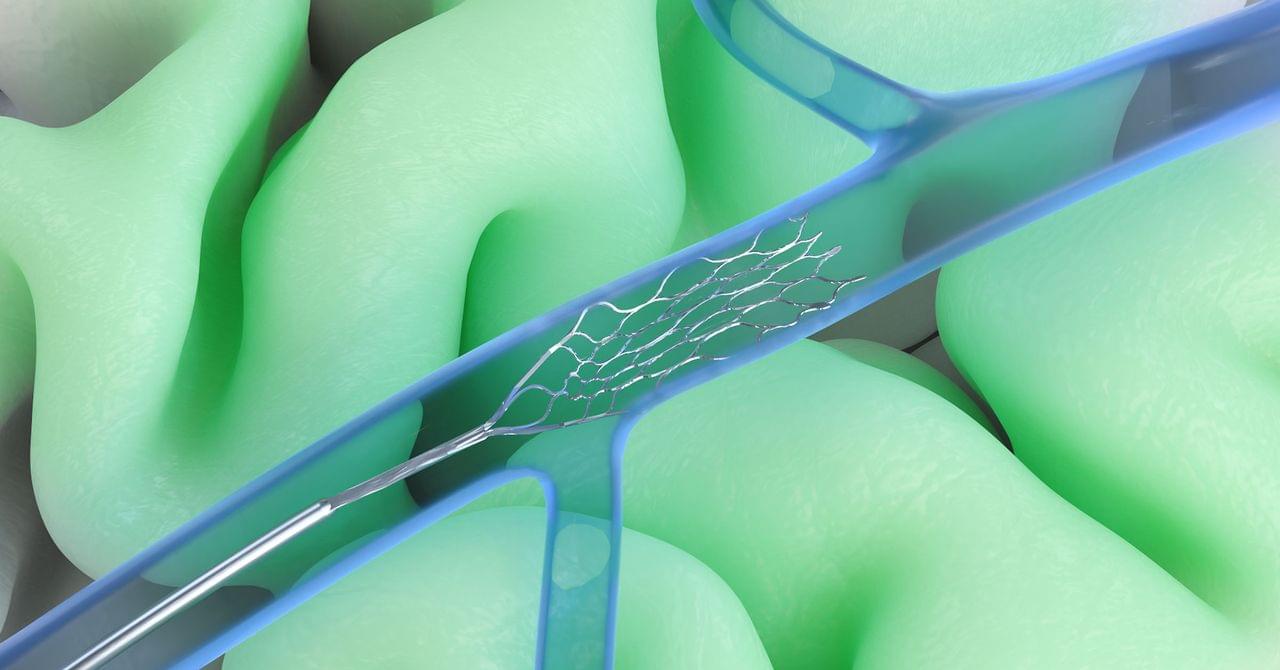A Grace Blackwell AI supercomputer on your desk.



On the heels of Cedar Park-based Firefly Aerospace Inc. successfully putting a lunar lander on the Moon, counties adjacent to Austin are taking a step to grow the Central Texas space industry.
The Williamson County Commissioners Court on March 11 unanimously approved the creation and bylaws of the Central Texas Spaceport Development Corp., an entity being formed in partnership with Burnet County.
Additional steps remain, including the filing of articles of incorporation and the appointment of a seven-member oversight board. Burnet County is scheduled to vote on the plan March 25.

A trio of physicists from Princeton University, CIT’s Jet Propulsion Laboratory and Spectral Sensor Solutions, all in the U.S., is proposing the possibility of generating electricity using energy from the rotation of the Earth. In their study, published in the journal Physical Review Research, Christopher Chyba, Kevin Hand and Thomas Chyba tested a theory that electricity could be generated from the Earth’s rotation using a special device that interacts with the Earth’s magnetic field.
Over the past decade, members of the team have been toying with the idea of generating electricity using the Earth’s rotation and its magnetic field, and they even published a paper describing the possibility back in 2016. That paper was met with criticism because prior theories have suggested that doing so would be impossible because any voltage created by such a device would be canceled as the electrons rearrange themselves during the generation of an electric field.
The researchers wondered what would happen if this cancelation was prevented and the voltage was instead captured. To find out, they built a special device consisting of a cylinder made of manganese-zinc ferrite, a weak conductor, which served as a magnetic shield. They then oriented the cylinder in a north-south direction set at a 57° angle. That made it perpendicular to both the Earth’s rotational motion and the Earth’s magnetic field.
Firefly’s Blue Ghost Mission 1 set a new benchmark for commercial lunar exploration, lasting longer than any previous private mission and delivering 10 NASA instruments to the Moon. The mission achieved several firsts, including the deepest robotic thermal probe on another planetary body and the

Scientists are urging people who live in southcentral Alaska to begin preparing for a possible eruption of the Mount Spurr volcano.
The Alaska Volcano Observatory said now is a good time for Alaskans to “familiarize themselves with the possible hazards of a Spurr eruption” following last week’s announcement that the likelihood of an eruption has increased.
“The major hazards to Alaska residents from Spurr would be from ash risk to aviation and possible ashfall,” the observatory said in a Wednesday post on X.
Compactification of dimensions in string theory and inflationary expansion of space from Planck scale.
Check out these science courses on Brilliant! First 30 days are free and 20% off the annual premium subscription when you use our link ➜ https://brilliant.org/sabine.
Physicists have come up with a new idea for how our universe began, and it could also explain dark matter. They say that if our universe has small extra dimensions, then these can temporarily store energy, causing a “cosmological stasis” in which the universe expands but nothing else happens. Then the stasis ends and dark matter remains. Sounds wild. What are we to make of this?
🤓 Check out my new quiz app ➜ http://quizwithit.com/
💌 Support me on Donorbox ➜ https://donorbox.org/swtg.
📝 Transcripts and written news on Substack ➜ https://sciencewtg.substack.com/
👉 Transcript with links to references on Patreon ➜ / sabine.
📩 Free weekly science newsletter ➜ https://sabinehossenfelder.com/newsle… Audio only podcast ➜ https://open.spotify.com/show/0MkNfXl… 🔗 Join this channel to get access to perks ➜ / @sabinehossenfelder 🖼️ On instagram ➜
/ sciencewtg #science #sciencenews #physics.
👂 Audio only podcast ➜ https://open.spotify.com/show/0MkNfXl…
🔗 Join this channel to get access to perks ➜
/ @sabinehossenfelder.
🖼️ On instagram ➜ / sciencewtg.
#science #sciencenews #physics
The world-famous Atlas humanoid robot by Boston Dynamics is showing off its new look and capabilities.
According to the Massachusetts-based robotics leader, Atlas achieved its smooth movements and human-like walking gait with reinforcement learning and motion capture. Boston Dynamics released new demo footage as the company shared its progress at Nvidia’s GTC 2025 conference.
The AI-powered humanoid robot became a pop culture icon in the twenty tens. Viral videos showcasing its increasingly agile and human-like capabilities amazed and horrified millions of people. Others worried the AI robot would evolve to resent humanity for its harsh treatment from its creators.
Since becoming fully electric in 2024, Atlas has been more low-key, demonstrating industrial tasks rather than parkour.
Now it’s learning at an accelerated rate and it’s showing off. It has a new look, a more powerful brain, and it’s doing stunts again. But the humanoid robotics market is in a very different place, with dozens of firms, mostly from China and the United States, boasting new capabilities nearly every day.
Can Atlas come out ahead as it competes with Tesla, Figure AI, Agility Robotics and a growing array of Chinese firms racing to mass deploy their humanoids?

Only for 48 hours, enjoy 20% OFF on all Hoverpens and free shipping to most countries with code SABINE: North America / UK / Australia / International: https…
